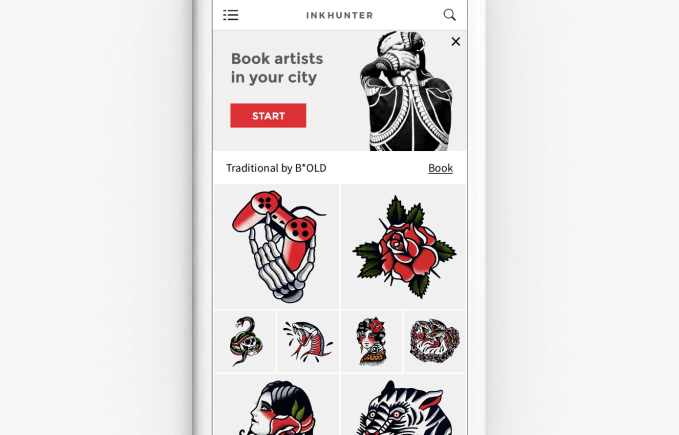The New York City Council has voted in favor of a new law requiring Airbnb and similar home-share companies to share data on their users. The company has fought the law tooth and nail, but city authorities say it’s basically common sense for the local government to be informed of the number and nature of residents using the service.
The law was characterized by the council as one that would “provide the City with an additional tool to enforce the laws against illegal short term rentals.”
“This bill is about transparency and bringing accountability to billion-dollar companies who are not being good neighbors,” explained NYC Councilwoman Carlina Rivera.
You can read the text here; what it amounts to is that Airbnb is required to collect and present the following information monthly:
- Name, physical address, email, Airbnb profile URL, and phone number of hosts active that month
- Addresses and URLs of any properties a given host rents out, and whether it was a full-home or partial-home rental
- Total days the property was rented, rent/price paid, and any fees collected by Airbnb
Failure to do so will result in a substantial fine: $1,500 or more per item, depending on the listing. Some of this data has already provided voluntarily by Airbnb for a year and a half in monthly reports for its New York operations; here’s one it totally coincidentally issued today.
It is however one thing to give statistics like average amount earned per month in this or that borough, and quite another to say Jane Jamison of 224 East 85th St earned $3,712 from 12 nights at this address and 8 at her second place over in Brooklyn.
The granularity of the data matters. In the first case Airbnb is in a position of power, voluntarily granting data more or less of its own choosing, while also protecting the privacy of its users. But in the second case hosts can be identified individually for all kinds of purposes: fines, taxes, licenses, inspections, and so on.
It’s not ideal for Airbnb or hosts, both of which will have their liberty curtailed considerably by the mere fact of their commerce being open for inspection by the city and potentially released publicly as part of studies, lawsuits, and so on.
But as with so many other new industries that have gotten ahead of regulation, this kind of clampdown was inevitable from the start; how long did Airbnb really think it could get away with its limited disclosure of data so obviously valuable to local government fighting skyrocketing rents, property scams, unscrupulous landlords, and so on?
Airbnb says that the whole thing is bought and paid for by the hotel industry, which of course does have an enormous interest in keeping its thumb pressed firmly down on this new challenger.
“We’re not surprised the City Council refused to meet with their own constituents who rely on home sharing to pay the bills and then voted to protect the profits of big hotels,” Airbnb thundered in one of its usual bombastic statements. “The fix was in from the start and now New Yorkers will be subject to unchecked, aggressive harassment and privacy violations, rubber stamped by the City Council.”
But while Airbnb may be a young company, it is fabulously rich and extremely politically active, so this argument comes off as a bit disingenuous. We’ve seen similar rants from other unregulated companies as they run headlong into the red tape and inertia inherent to the establishment.
What the harassment and violations comprise isn’t clear. Certainly there is one man suing the city, saying he was targeted with housing code violations after speaking out against the proposed law; Airbnb is paying his legal fees.
But the city says its targets are bad actors, people running what amount to off-the-books hotels, renting units with unsafe conditions, or keeping housing units off the market for long-term residents so they can make a greater profit off visitors.
There’s no doubt that, armed with this more complete information, city authorities will have the opportunity to do legal and financial harm to the people who are taking part in this technically unsanctioned but largely harmless (and in many ways beneficial) business.
If they’re going to require this information to be disclosed, users of Airbnb and other services deserve to know exactly what it is going to be used for. It’s not enough to say that bad actors are being targeted when a man who opposed the city has $30,000 in fines leveled at him the next week.
Regulation is necessary for healthy and safe industry, and data is necessary for regulation, so this bill seems reasonable to me and to the city council members who voted for it in overwhelming majority. But it’s only part of the puzzle; citizens should feel that their elected officials are acting to protect them, not expose them.




 Funko Pop! figures from the company’s Gears of War line — photo by
Funko Pop! figures from the company’s Gears of War line — photo by 